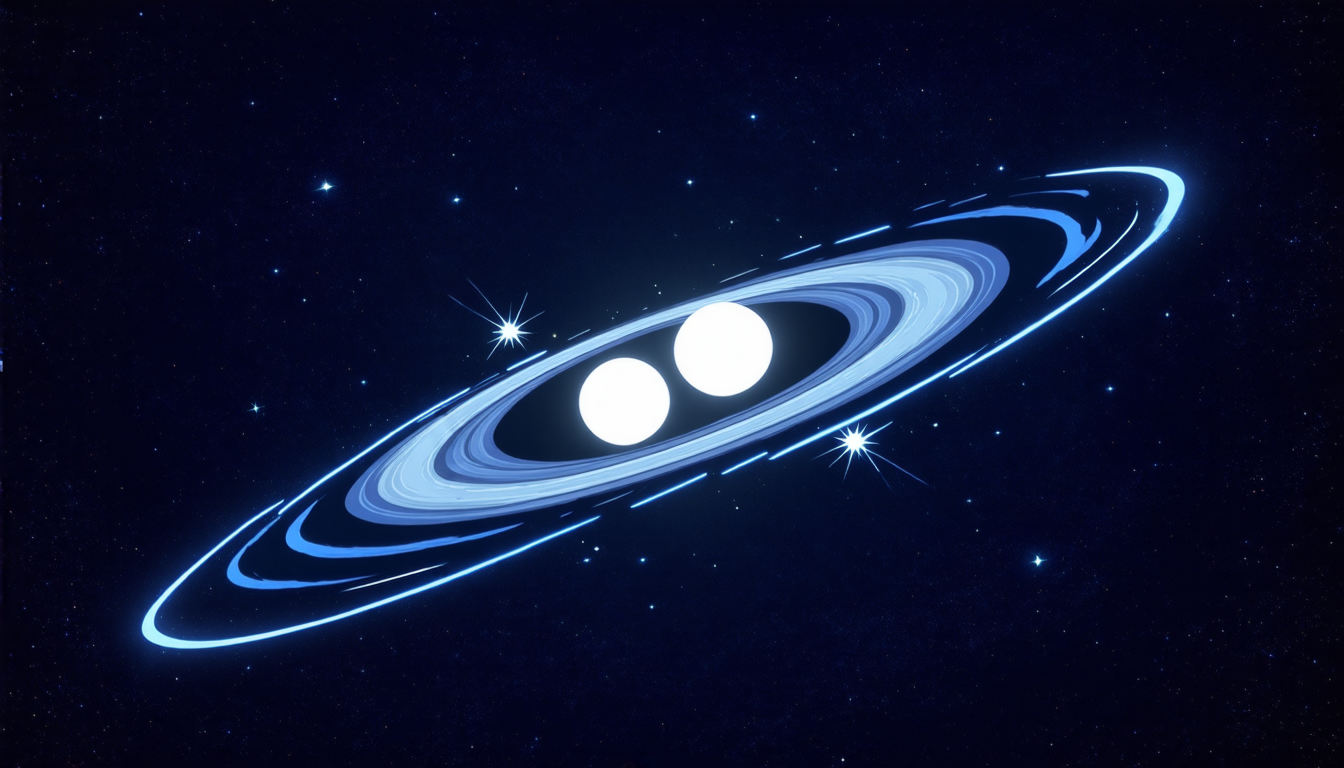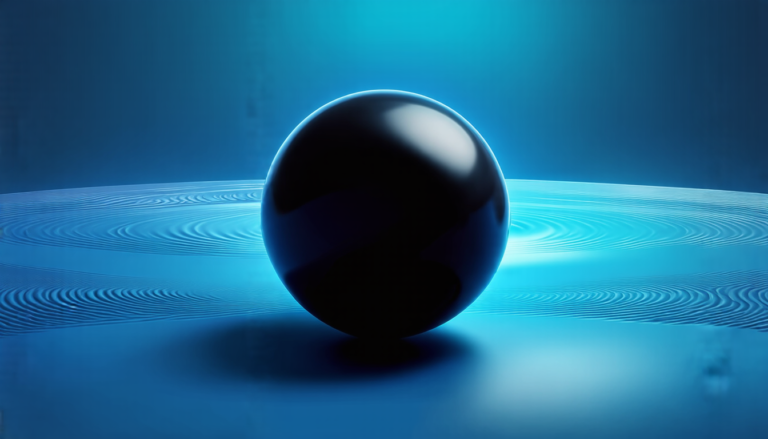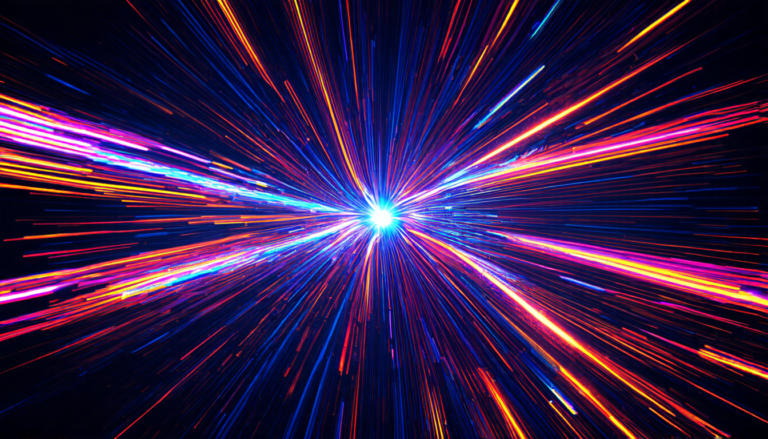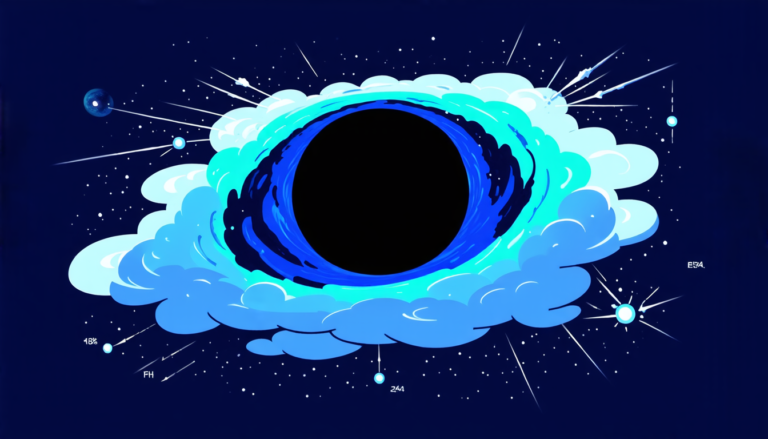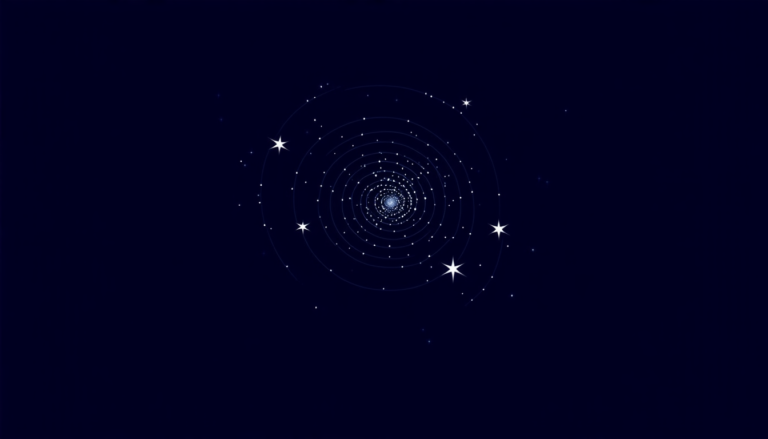Sunday 07 September 2025
The pursuit of precision is a never-ending quest in science, and astronomers are no exception. A team of researchers has made significant strides in pinning down the properties of two compact double white dwarf binaries, setting the stage for improved gravitational wave detection.
Double white dwarfs are binary systems comprising two white dwarf stars that orbit each other at incredibly close distances. These tight binaries are expected to be among the most common types of celestial objects in our galaxy, but they’re also notoriously difficult to study due to their faint nature and complex dynamics.
The two binaries in question, SDSS J232230.20+050942.0 (J2322+0509) and SDSS J063449.92+380352.2 (J0634+3803), boast orbital periods of just 20 and 26.5 minutes, respectively. These short periods make them prime candidates for detection by the Laser Interferometer Space Antenna (LISA), a space-based gravitational wave observatory set to launch in the mid-2020s.
To better understand these systems, the researchers conducted spectroscopic follow-up observations using a combination of Hubble Space Telescope and ground-based telescopes. By analyzing the light emitted by each binary, they were able to refine their estimates of the stars’ temperatures, surface gravities, and masses.
One of the key findings is that the inclination of J2322+0509, which refers to the angle at which we view the system from Earth, is significantly different from previous estimates. This has important implications for our understanding of how these binaries form and evolve over time.
The researchers also assessed the detectability of these sources using a software tool called LDASOFT, which simulates LISA’s ability to detect gravitational waves emitted by binary systems like J2322+0509 and J0634+3803. By incorporating electromagnetic priors on inclination into their simulations, they found that the uncertainties in amplitude were reduced by a factor of 2-4, and detection times shortened by up to several months.
These results underscore the importance of multi-messenger observations – combining both electromagnetic and gravitational wave data – for characterizing these binary systems. By doing so, scientists can gain valuable insights into the properties of compact objects and the environments in which they reside.
The findings also highlight the crucial role that precise measurements will play in LISA’s early scientific capabilities.
Cite this article: “Astronomers Refine Properties of Compact Double White Dwarf Binaries”, The Science Archive, 2025.
Astronomy, White Dwarfs, Binary Systems, Gravitational Waves, Lisa, Double White Dwarfs, Spectroscopy, Hubble Space Telescope, Ground-Based Telescopes, Precision Measurements

